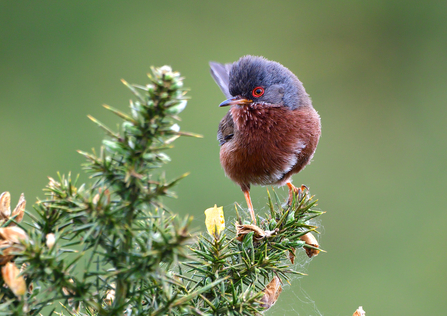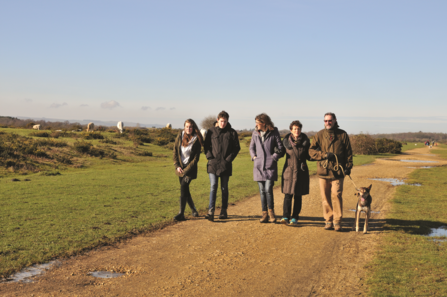Many people love exploring wild spaces with their dog, particularly in spring as the days get lighter and warmer. So it’s timely that The Wildlife Trusts and Dogs Trust are encouraging dog owners to consider the importance of keeping their four-legged friends on leads during visits to nature reserves and the wider countryside.
We want to help protect ground-nesting birds such as skylarks, nightjars and Dartford warblers, as well as other birds such as robins and dunnocks that nest close to the ground. Unsupervised dogs can unintentionally cause harm, so it is vital that they are kept under control.



